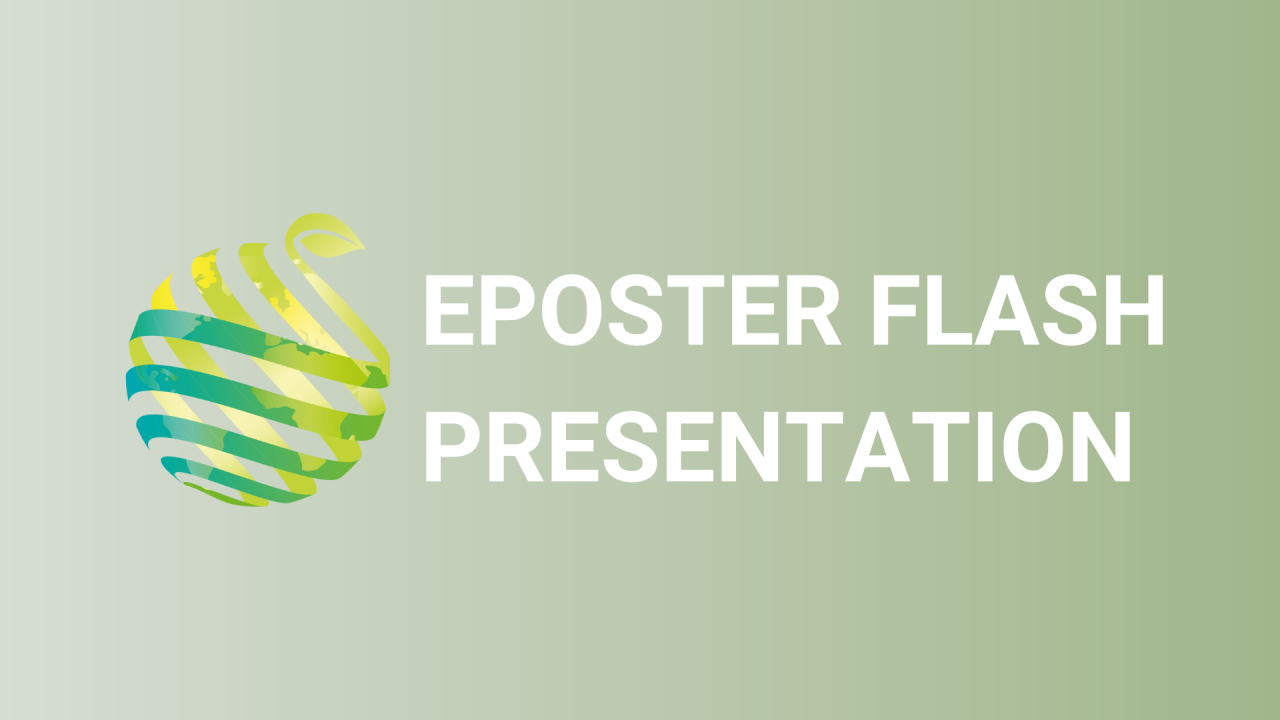

S14 - Session P4 - Impact of different high tunnels and insect-proof barrier on crop microclimate, productivity and pest management of raspberries and blueberries
Information
Authors: Andréane Couture *
High tunnels are widely used in organic berry farming for passive microclimate control and insect exclusion. Growers in northern climate are using these innovative structures to extend the harvest season, minimize the incidence of plant diseases and increase marketable yield and berry quality. This type of production technique can serve as an alternative to insecticide application. Consequently, the aims of this study were to (1) compare the effect of four different high tunnel covering materials on the microclimate of raspberries ( Rubus idaeus ) and blueberries ( Vaccunium corymbosum) (2) evaluate the impact of the canopy microclimate on pest populations (3) evaluate the efficiency of an insect barrier near the tunnels, and (4)characterize the effects of the changed microclimate and pest pressure on plant growth, crop productivity and fruit quality of raspberries and blueberries grown in containers. To this end, a randomized split plot design experiments with four replicates performed at Les Fraises de l'Ile d'Orleans (QC, Canada) during the summer of 2021 compared four covering material treatments. Covering materials with different spectral properties (UV, total light, diffusion and infrared transmission) were installed over everbearing raspberries ( Imara ) and highbush blueberries ( Reka, Topshelf, and Liberty ) cultivated in containers. Changes in climate and crop microclimate were characterized by using data loggers and manually measurements, which recorded temperature, relative humidity as well as light intensity and spectral quality. The impact of the climate and microclimate on pest populations were assessed by determining the abundance of five major pest species ( Tetranychus urticae, Drosophila suzukii, Empoasca fabae, Frankliniella occidentalis and Chaetosipjon fragaefolii) foundundereach covering material treatment. The effects of the environmental changes on plant physiology and productivity parameters (chlorophyll fluorescence, photosynthetic activity, antioxidant concentration, fruit yield) were also determined. Results will be discussed in terms of pest control efficiency by using the studied covering materials and an insect barrier as well as in terms of berry productivity and quality.